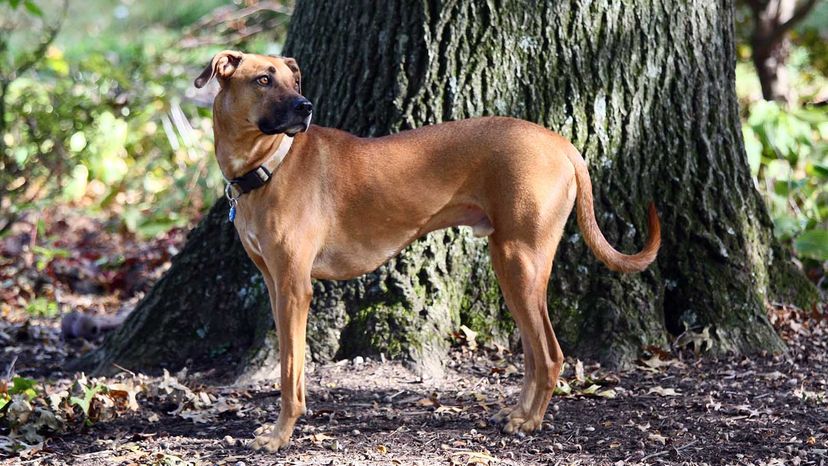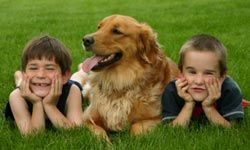
The name itself — black mouth cur — seems an out-and-out insult. A cur, by definition alone, is a mongrel. It's inferior. A "cur" is a coward. No one wants to be called a cur.
But the black mouth cur, a hunting dog with a nose for wild game like squirrels, raccoons and wild hogs, is something else entirely. Strong, agile and inexhaustible — this is not your precious pocketbook chihuahua or your overly coddled poodle — the black mouth cur is bred to work for its living. And this cur is loyal, too, a true friend in the field and at home with the kids.
Advertisement
"All of the shows that I've been to, all of the events that I've been to, all of the homes I've been to where there's been a cur dog of any sort, the dog will bark whenever a stranger approaches their property. It's not always aggressive; it's more alerting," says Crystal Demars, a breed specialist with the Continental Kennel Club in Walker, Louisiana. "And in many instances, the kids are out there playing with them like it's another sibling. Or the dog is by the kid, not leaving their side.
"They're just all-around great family dogs. And every breeder or owner or trainer that I talked to reported that they are especially fond of children. They take it upon themselves to sort of be the nanny."
Advertisement



